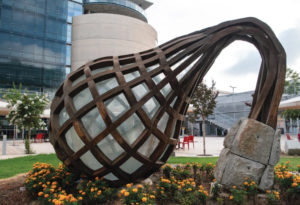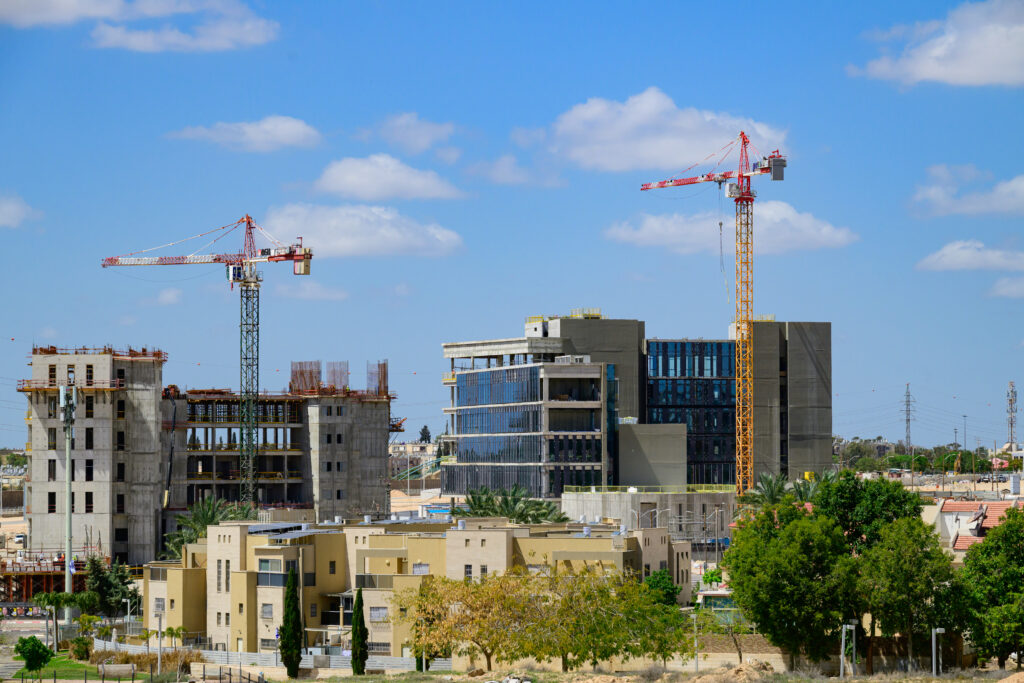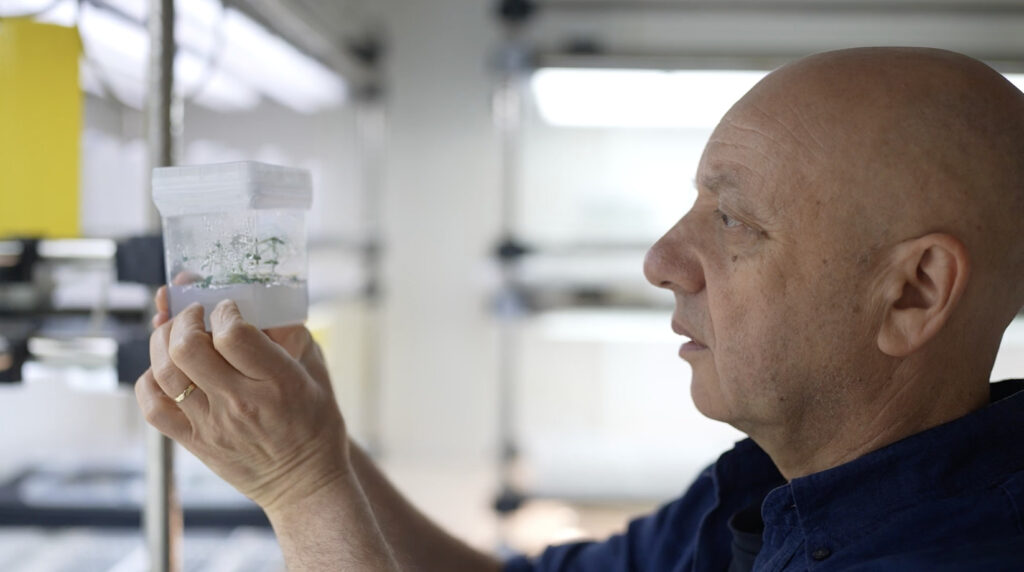
Making the Desert a Work of Art
Making the Desert a Work of Art
March 29, 2019
Negev Development & Community Programs, Social Sciences & Humanities
The Jerusalem Post – When David Ben-Gurion said, “We will make the desert bloom,” he might not have envisioned the Negev as a mainstay of Israeli art. In the past decade, however, Ben-Gurion University of the Negev, through its Department of the Arts, has worked to make art more accessible to the residents of the South.
Most recently, BGU took a leap when it inaugurated a campus-wide Sculpture Trail that includes sculptures by Israeli artists from various generations and genres.
The Sculpture Trail initiative was launched in 2013, as part of then-BGU president Prof. Rivka Carmi’s initiative to increase the presence of art in public areas on campus. Other aspects of the initiative include plans for a 2,000-square meter art gallery to house the University’s growing collection, which will eventually be displayed in a permanent facility on campus.
The trail is curated by Prof. Haim Maor, from BGU’s Department of the Arts, and includes pieces by leading Israeli artists, such as Yaakov Dorchin, Sigalit Landau and Israel Hadani.
To create the trail, Prof. Maor says, the University reached out and asked dozens of Israeli artists to submit sculptures for consideration. Proposals were vetted by a seven-person committee from the Faculty of Humanities and Social Sciences and the Department of the Arts. At the end of the process, 10 sculptures were selected.
Maor, an artist himself, was awarded the Culture and Sport Ministry’s 2018 Arik Einstein Award for Veteran Artists in the visual arts category last year. He said the trail presents an inter-generational exhibition of the biggest names in Israeli sculpting, and that he hopes the project will continue to grow and develop.
He chose to make the country’s periphery the central arena for his activity over the past 30 years. In his art, he examines memory and identity, in consideration of his family’s traumatic experience in the Holocaust and in Israel. A large body of his work investigates his own identity in a range of media and contexts, through complex installations that are in dialogue with “others.”
“My curatorial focus was the exposure of and to artists from the geographic periphery of Israel, including Bedouin artists, religious artists, and Mizrahi artists, subjects I feel were not properly handled in other exhibitions in Israel,” Maor said.
He is also the director and curator of the University’s galleries, and coordinator of the creative art division, which was founded in the 1990s. Today, there are three exhibition spaces/galleries. One, in the old city of Beer-Sheva, provides a solution for residents of the city and the Negev. The others are on campus, including the new trail.
“Art and culture are basic human needs that nourishes the soul alongside food,” he asserted. “In addition, art is a field of knowledge that deviates from its image as a ‘beautiful product,’ and its importance as a cognitive field is equal to the fields of science, religion and philosophy.”




